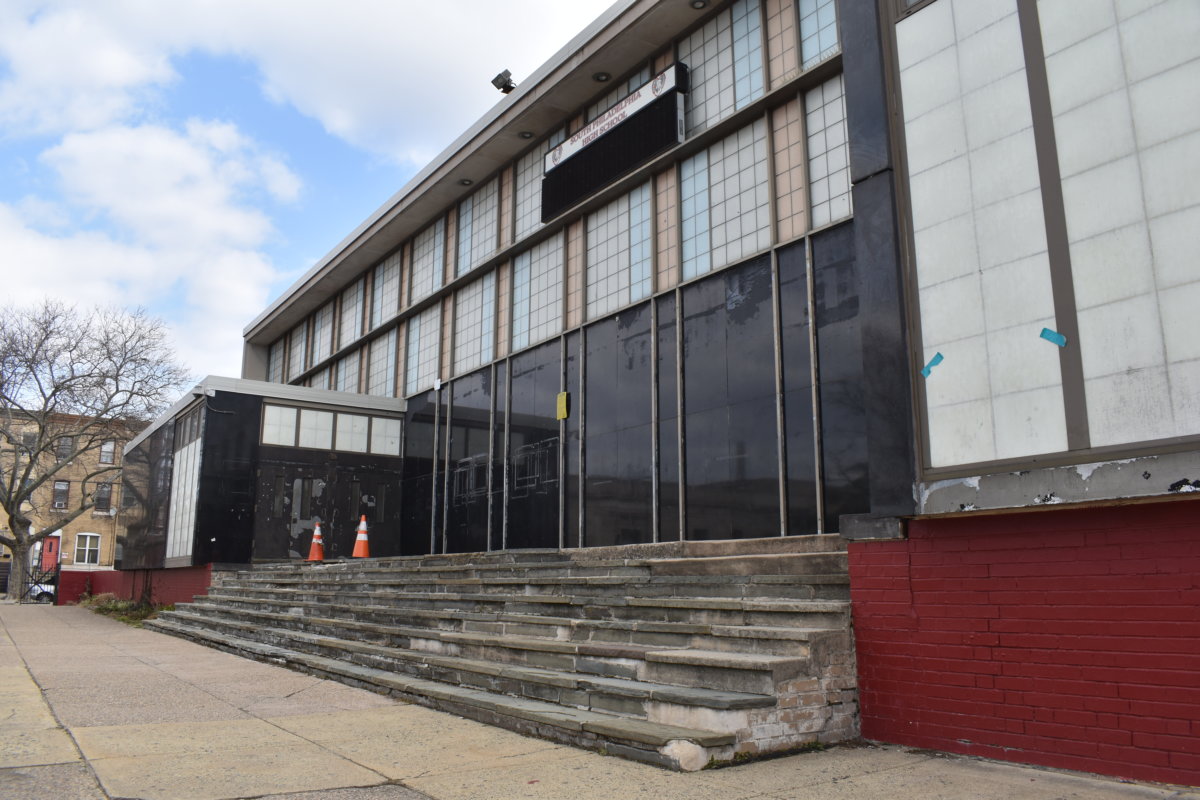 Clive Owen (center) plays a self-destructive but brilliant surgeon in 1900 New York City in “The Knick.”
Clive Owen (center) plays a self-destructive but brilliant surgeon in 1900 New York City in “The Knick.”
Credit: Mary Cybulski
Steven Soderbergh is more equipped to do television than most film directors, which of course is no longer his profession anyway. Ever since he started shooting his movies himself (under the pseudonym Peter Andrews, which he adorably hangs onto still), you get the sense that what drives him is exploring the worlds of his movies firsthand — as though he was an invisible observer inside the realities he creates. In certain films — at the most extreme, “The Limey” and “The Girlfriend Experience” — he had to mash his work into feature-length size, often through time-jumping and other editing tricks. TV is a natural home for him; it gives him plenty of room to stretch out and stroll around.
“The Knick,” which begins its 10-episode run (with another 10 already ordered) Friday on Cinemax, is not Soderbergh’s first trip into television, or even long-form storytelling. A decade ago he parlayed his awards and box office prowess into coaxing HBO into letting him do “K Street,” a largely improvised — and increasingly surreal — look at Washington. He went into the two-part, four-and-a-half-hour “Che” without knowing much about the subject. He came away not with a look inside the man’s mind (the opposite, really) but with a portrayal of the gruntwork or revolution-making, both when it succeeds and when it fails so horribly that you wind up dead.
He delves deep into an even stranger, more alien territory with “The Knick”: New York City in 1900. The centerpiece of his show is the Knickerbocker Hospital in Harlem (though it’s shot in the Lower East Side), which serves as as good a place as any to demonstrate the specific cusp society and humanity were on at the time. The old, sloppy, barbaric barber-style of medicine was fading, but technology had yet to save lives with much more frequency.
 Andre Holland plays Dr. Algernon Edwards, who finds racism at his new digs in “The Knick.”
Andre Holland plays Dr. Algernon Edwards, who finds racism at his new digs in “The Knick.”
Credit: Mary Cybulski
The figurehead of “The Knick”’s ensemble is Dr. John Thackery (Clive Owen), a brilliant, ambitious and usually drug-addled surgeon who mostly sleeps in Chinatown opium dens. He’s usually awake, and when he’s not performing experimental, bloody surgeries that don’t always go well, he’s working on improving techniques and instruments. He’s a mad scientist with all his marbles, and a bit of an artist in the way he’s always on the hunt to improve and evolve his craft. This drive, at least, is something with which Soderbergh clearly identifies.
Thackery’s also a horrible racist. His passion for medical and scientific progress does not extend to social issues; you get the sense he’s tricked himself into thinking he simply doesn’t have the energy to be progressive about everything. In the opening scenes of the episode, Thackery loses his even more brilliant mentor, played by a puffy bearded Matt Frewer, to suicide. (The guy selflessly wraps the sofa on which he’ll shoot himself in a sheet, to make cleanup much easier. Nice man.) His replacement is to be Dr. Algernon Edwards (Andre Holland), a star surgeon from Europe, who shows up and reveals himself to be black.
Thackery and most of the other Knickerbocker staffers — including the exquisitely strained exec Herman Barrow (Jeremy Bobb) — aren’t pleased with Edwards, arguing that he’ll put off patients. Edwards position is insisted only by benefactors, who call the shots because the Knickerbocker is bleeding debt. Thackery and cohorts don’t care that Edwards is a genius; at one point they deny him performing a needed operation himself, potentially letting the patient die while they scout for an MIA Thackery. Holland’s eyes tell you Edwards is used to such treatment but has never gotten to like it. He has Thackery’s drive, but has a different, more understandable problem: He’s seethingly angry all the time, and struggles hard to suppress it, not always successfully.
But this isn’t a one-issue show. It’s interested in taking the temperature of the time by milling about it. Among its supporting players is the 1900 version of the ambulance driver: bearish Irishman Tom Cleary (Chris Sullivan), who enjoys having to sometimes fight, with a bat, for patients with other hospitals. There’s a smirking, crooked health inspector (David Fierro) who rails against immigrants swelling neighborhoods with diseases in poorly constructed housing, but prefers bribes to improvements. The show is a giant weave between science, progress, commerce and not always tame personal demons, finding them all battling for supremacy while allegedly on the search for equilibrium.
 Director and cinematographer Steven Soderbergh, with his relatively tiny and mobile camera, is seen on the set of “The Knick.”
Director and cinematographer Steven Soderbergh, with his relatively tiny and mobile camera, is seen on the set of “The Knick.”
Credit: Mary Cybulski
There’s an inevitable smugness to anything that digs deep into the way things were in the distant past. “The Knick” has that problem too; you can sense an intended laugh when Thackery brags about how modern medicine has extended the life span past the age of 47. But it tries to capture the way living in any period feels like living in a thrilling modern world. At one point Thackery boasts about all the scientific progress made in the last five years — how much medicine and surgery has evolved and improved in such a quick time. We all feel that now. Progress has even sped up at this point, and perhaps 2050 will feel to 2014 what 2014 feels to 1900.
Soderbergh is putting us back in 1900, as it allegedly was — but not quite as it was. This is still a very modern show, made for 2014. It’s shot in digital far more advanced than the muddy, murky video of his 2002 film “Full Frontal.” The images look almost classically beautiful, and the old-timey lighting and lightbulbs have the same warmth one sees in “Barry Lyndon” — a revolutionary film, in 1975, that used new film stock that allowed one to light shots only with candles. Soderbergh emphasizes the present by coating the film not in a contemporary score but in an atmospheric electronic one by Cliff Martinez. “The Knick” feels both modern and past-modern, and right from the start it feels open and curious enough that it will have plenty to delve into for what may be a long run.
Grade: A-
Stray observations
— “The Knick” is often as much fun to listen to as it is to watch. Dig the rhythmic dripping of the surgery scenes and the deafening ticking of Thackery’s old-timey clock. (We’ll try to refrain from using the term “old-timey” too much in these “Knick” recaps.)
— These surgery scenes are impressively rough and put-your-hands-over-your-eyes terrifying, by the way. Thackery et al. are trying not to be barbers, but there’s a ton of blood-letting, plus endless spoiled sponges dropped into bowls. That this is a world before latex gloves only makes matters worse.
— Clive Owen is a perfect Thackery: charismatic and self-destructive. Owens film career hasn’t been tops in awhile, or perhaps ever, but he has such matinee idol swagger, and so much danger in those eyes. And he doesn’t hold back on his casual, deep-seated racism. He doesn’t want you to like him, even if he demands your respect.
— Thackery to a patient who’s just had part of his intestines severed: “From this day forward, you will have the pleasure of evacuating your bowels several seconds faster than any of your friends.”
Follow Matt Prigge on Twitter @mattprigge
















